Latest Posts
Will all-flash memory regain its glory this year?
Flash memory cards lost its position for the first time in last year.
According to data from Gartner Consulting. Although demand is expected to drop sharply after COVID-19, the total global market for external controller (ECB)-based storage in 2020 only dropped by 2.3%, due to the rapid growth of secondary storage. Contrary to historical trends, the revenue from SSA (Solid State Array) supplier fell by 4%, while the revenue from HDD/hybrid supplier only fell by 1%. Will flash memory cards fade from the storage market?
Which means, all-flash storage went backwards in year 2020, and it failed to outperform the market.
Let’s take a look at the world’s top 5 external storage vendors. Except for Huawei, all the other vendors suffered a negative growth in selling main storage solid-state arrays. And the second storage that adopts the full flash form only occupies a very small share.
Solid-state arrays occupied 44.4% market share in 2019, but the proportion fell to 43.6% in 2020. This is the first time in history that all-flash storage has lost its share, and it was defeated by HDD/hybrid storage. Hey, what a shame.
The reason for the increasing shares of HDD hybrid storage
I think there are two reasons that all-flash storage was defeated by HDD hybrid storage in 2020.
First of all, the extent of price drop in price per terabyte of all-flash storage has slowed down, not as large as that of hybrid storage. Therefore, the price gap between SSD and HDD has not narrowed, but has widened. This might be caused by global chip shortage.
Many companies were frightened by the price when choosing all-flash memory.
Secondly, when suffering the impact of COVID-19, companies’ budgets on IT have become even tighter. Therefore, as long as the scenario can accept hybrid storage, companies will generally not consider all-flash storage. Unlike in the previous years, when everyone thinks that all-flash memory is a trend and the budget is abundant, many projects are paying for future trends. But with the advent of the new crown epidemic, everyone becomes realistic again. Obviously the consideration of cost performance has become even more important.
It is now the middle of year 2021, but the global chip shortage continues, so does the COVID-19, and the trade friction between China and the United States. So, do you believe that all-flash memory can overcome the difficulties, fight back and dominate the market in 2021 or not?
We believes that there is a certain chance. Because, there have been some changes in the all-flash memory market now.
All flash memory cards are still the mainstream product
At present, all-flash memory is still the mainstream product in the market. This trend has not changed. Even Infinidat, the only vendor in the world who does not want to be all-flash memory, has finallycompromised and launched the all-flash memory product InfiniBox SSA.
Moshe Yanai establish Infinidat, the father of high-end storage. Its main product is its third-generation high-end storage InfiniBox developed by himself after EMC Symmetrix and IBM XIV. Due to its patented neural caching algorithm, it advertises that hybrid storage is faster than all-flash memory, and resists all-flash memory. We believes that Infinidat would eventually launch an all-flash product many years ago. And now, it seems that my prediction has proved to be correct again.
QLC makes flash memory cards cheaper
There is another major change. I think that QLC SSD has slowly promoted in all-flash memory and will be highly popular in the future.
According to the comparison of various hard disk specifications from XSKY, we found that compared to TLC SSD, the biggest shortcoming of QLC SSD is that its lifespan and performance ratio of random writing is relatively lower, but the biggest advantage is that the price of QLC is only half of that of TLC.
Which means, if the lifespan and performance issues of QLC can be solved, then the all-flash memory system will inevitably be more cost-effective, and will be affordable by most enterprises. Then, it will greatly accelerate the popularization pace of all-flash memory.
The grade of QLC SSD
It’s just that most of the current QLC SSDs are at consumer grade. There are currently only two major manufacturers in the world that produce enterprise-grade QLC SSDs. One is Intel (Hynix has taken over its SSD business, but the brand still keeps) and another one is Micron. Intel’s QLC SSD uses the NVMe U.2 interface, which has better performance. However, it requires the server to support full NVMe hard disk slots. Meanwhile Micron’s QLC SSD uses SATA interface, which has slower performance. To the contrary, you don’t need to replace the server due to its advantage. In addition, QLC SSD can directly replace HDD, so the overall cost of the system is relatively lower.
Except that there are not many enterprise-level QLC SSDs to choose from, what restricts storage vendors from supporting QLC SSDs is their software modification ability. Therefore, it is better for refactoring the storage software. At the same time, it allows random IO to aggregate and write to QLC SSD to avoid longevity and performance issues. This is a function with a high technical threshold, not many companies can master it.
QLC flash
Although there are various difficulties, more and more companies are launching QLC flash now. I will list a few here:
1 Vast Data
The company uses Intel QLC SSD, and its general purpose is using as a storage, and the goal is to eliminate HDD. But currently, it only supports file and object protocols, and does not support block protocols.
2 Pure Storage FlashArray//C
It uses the self-developed QLC SSD module, and the target market is non-critical business scenarios, such as development testing, backup, recovery, file sharing, and so on.
3 NetApp FAS500f
Currently, NetApp only has one product that supports QLC SSD, which is FAS500f. Since the slot of this product uses NVMe, it can ne inferred that it uses Intel’s QLC SSD. Later, I confirmed my guess by asking other people to help check the detailed specifications of FAS500f.
4 IBM FlashSystem
IBM’s FlashSystem mainly uses FlashCore Modules (FCM) SSDs, they develop it on their own. FCM 1 uses Micron’s 64-layer 3D TLC NAND, which was the standard choice for high-end enterprise SSDs at that time. Now the latest FCM 2 has boldly switched to Micron’s 96L 3D QLC NAND.
5 XSKY XINFINI星飞8000
On July 15, XSKY released the XIFINI 8000 distributed all-flash memory system in Beijing. It uses Micron’s QLC SSD, so it has a very cost efficient. XIFINI 8000 is the first enterprise-level QLC all-flash system in China. Furthermore, it is perfect for OLAP, cloud resource pool, HPDA, AI/ML and other loads.
With the popularity of QLC SSD in enterprise storage, I believe that all-flash storage will bounce back from the failure in 2020 and regain its glory.







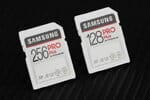
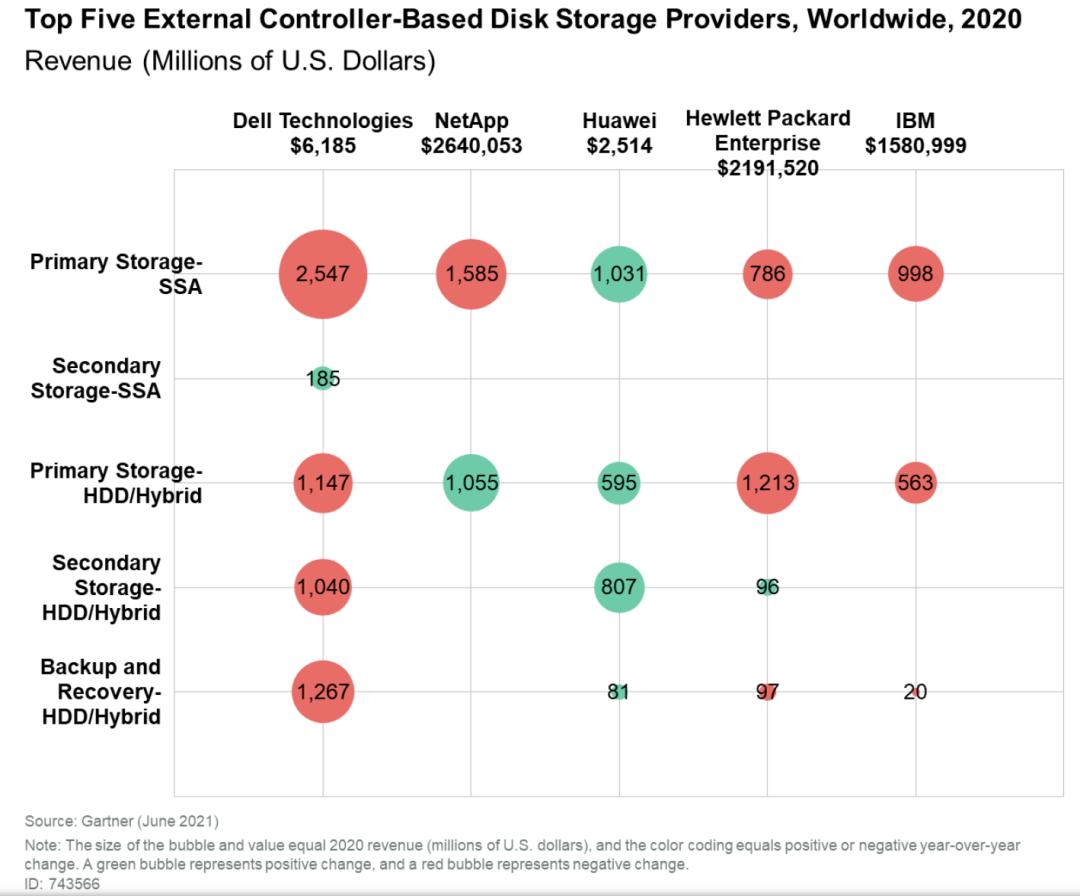
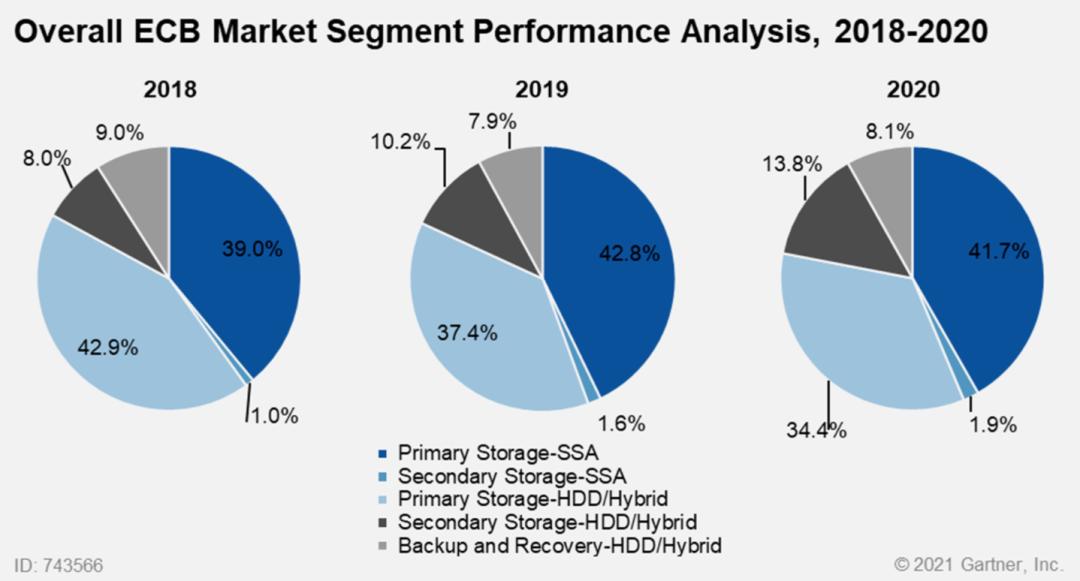
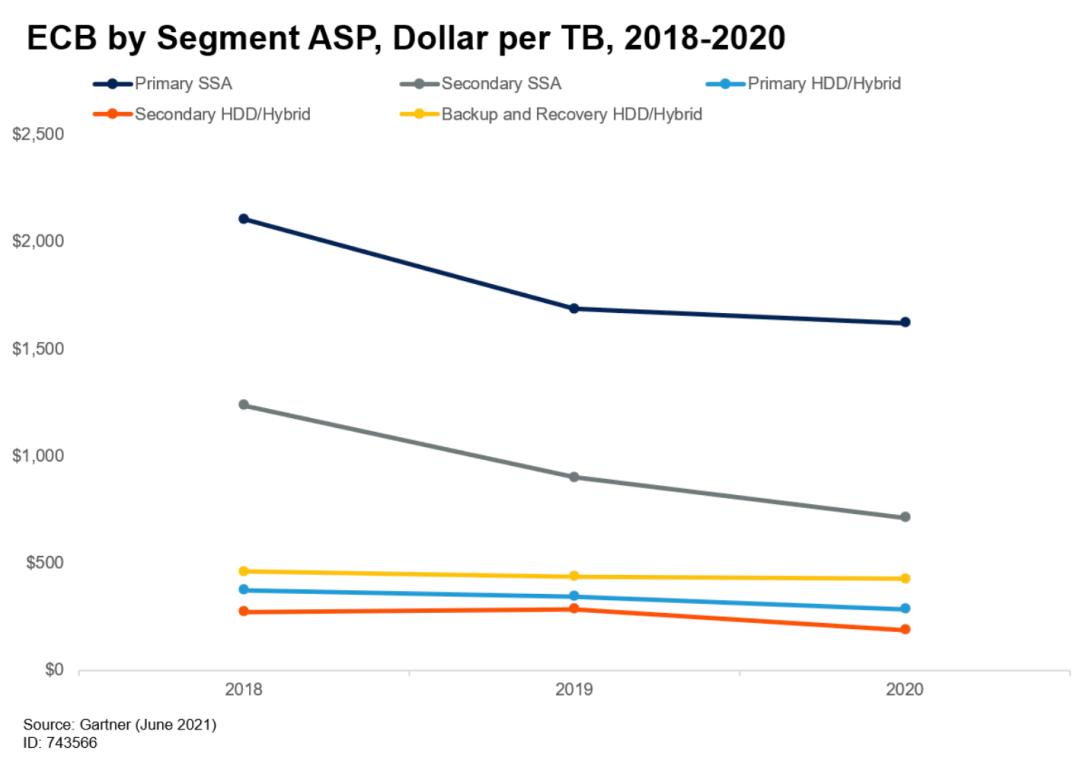
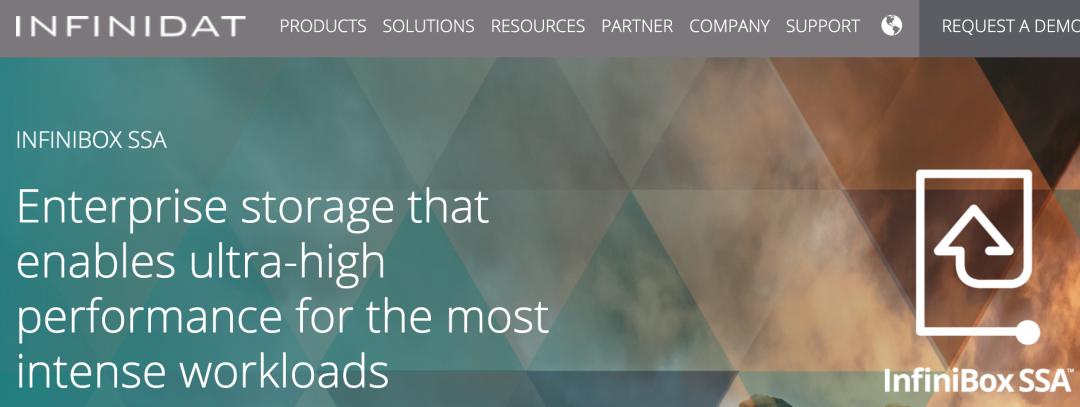
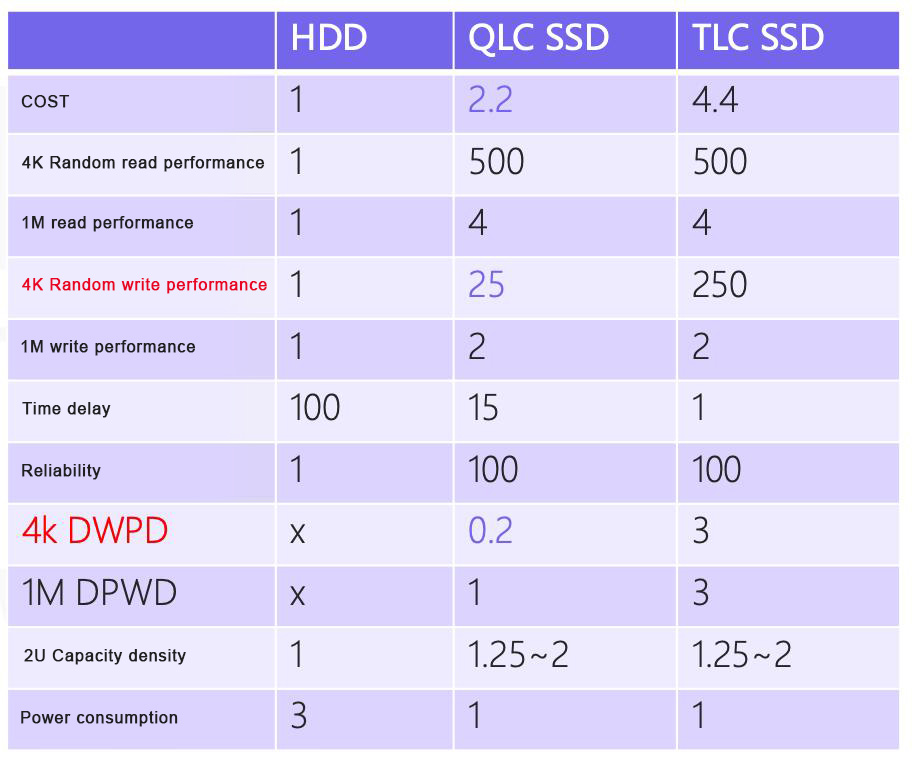

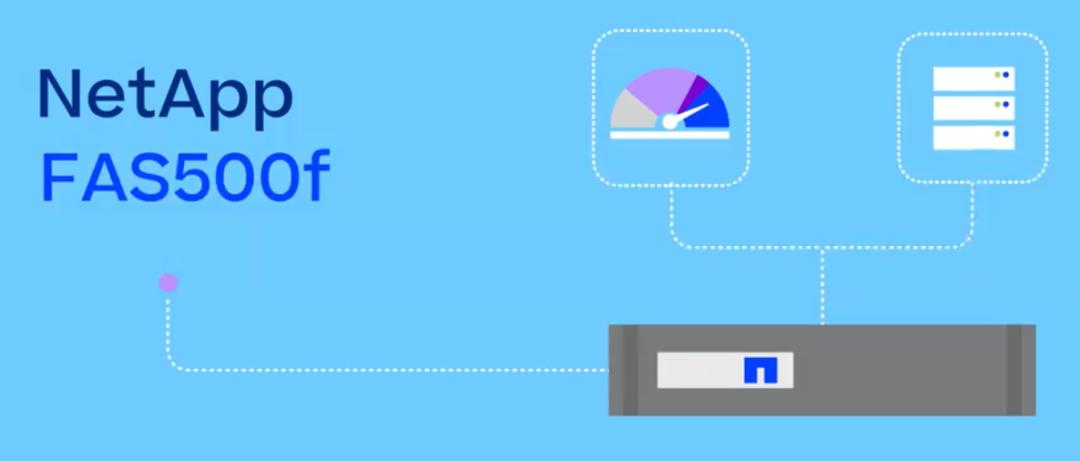
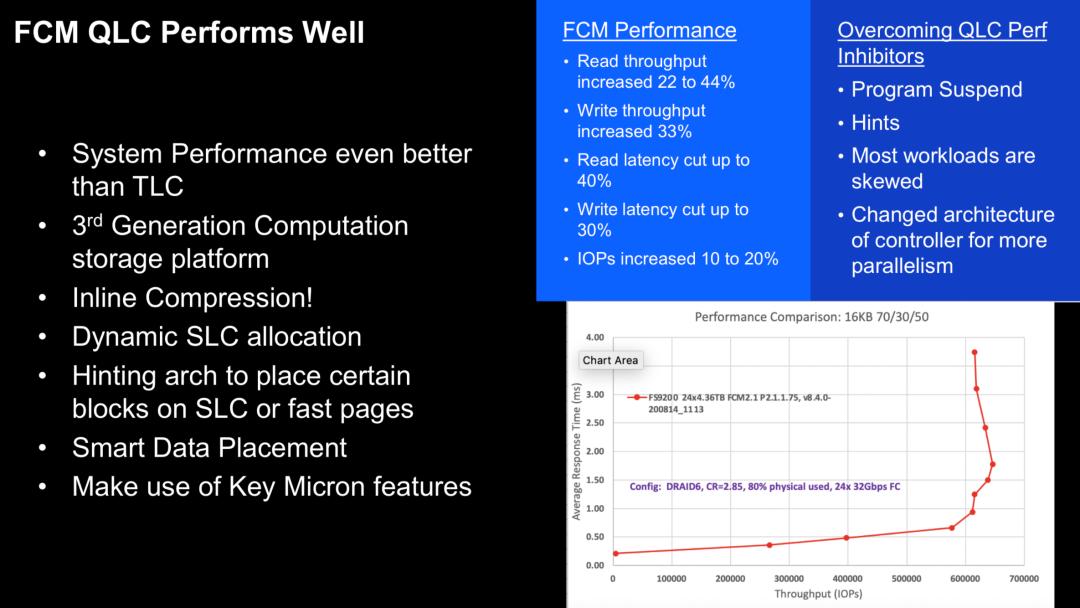

Leave a comment